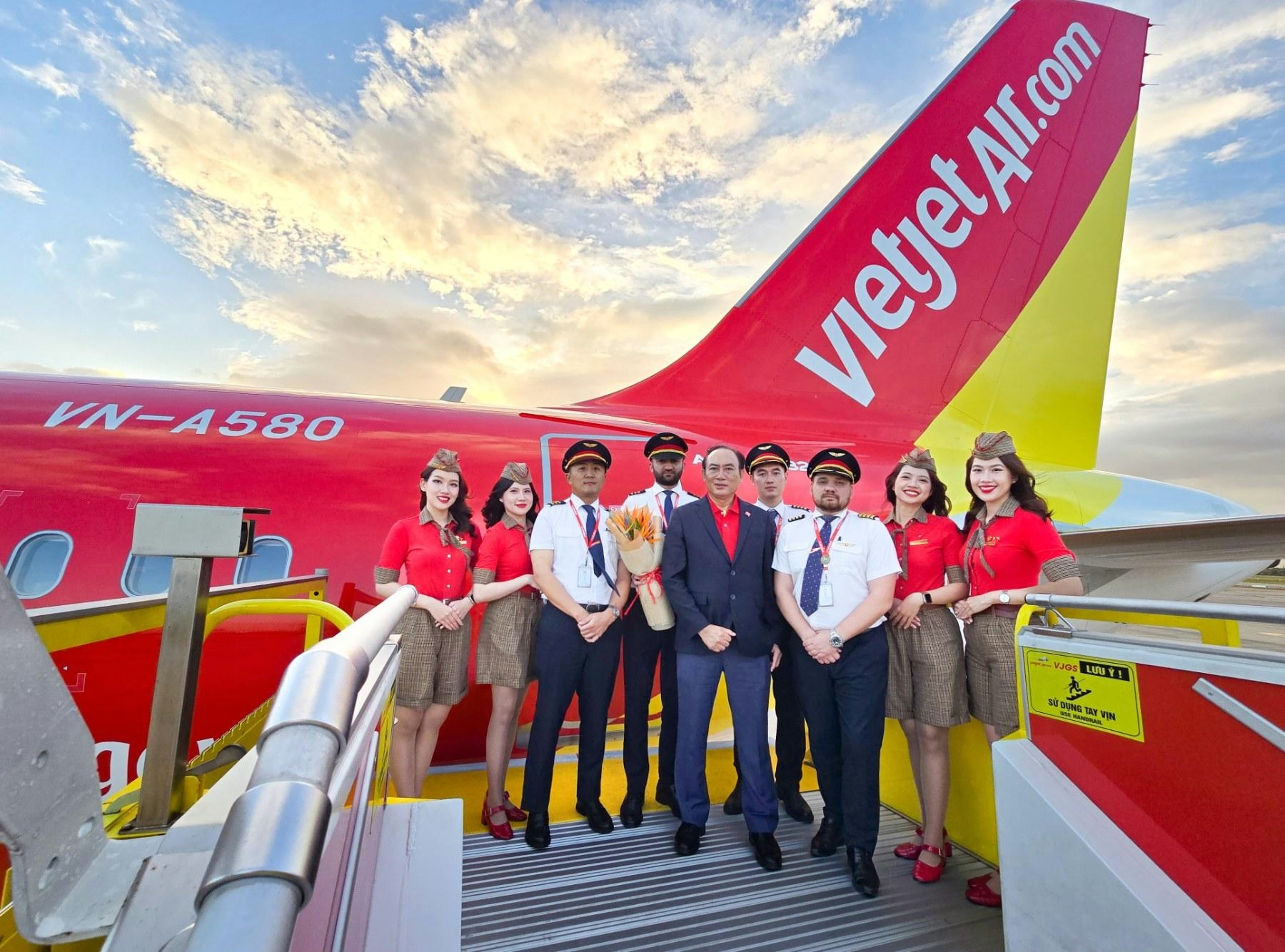
AeroGenie — Your Intelligent Copilot.
Trending
Categories
Fuel Efficiency Comparison: Boeing 737 MAX and Airbus A320neo
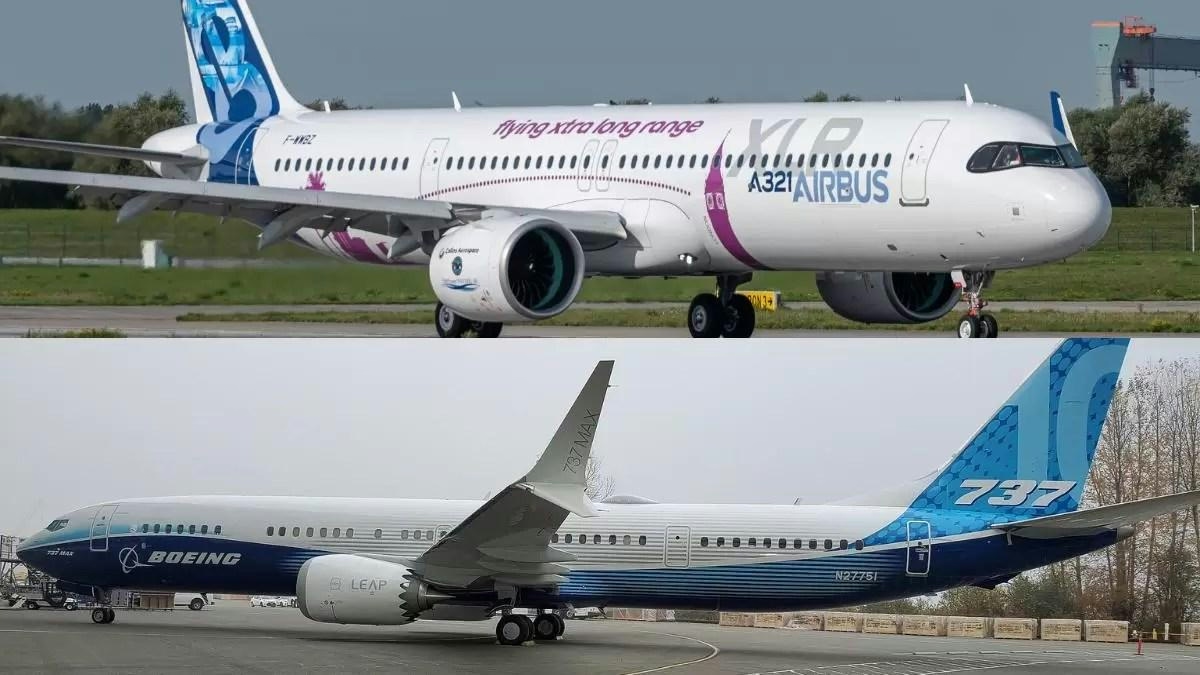
Fuel Efficiency Comparison: Boeing 737 MAX and Airbus A320neo
The Boeing 737 MAX and Airbus A320neo families continue to dominate the narrowbody commercial airliner market, with airlines paying close attention to their fuel efficiency and operational costs. Among these two, the Airbus A320neo is generally regarded as having a modest advantage in fuel efficiency, a factor that has bolstered its widespread adoption by carriers around the globe.
Engine Technologies and Performance
Both aircraft families are equipped with advanced turbofan engines, though their configurations differ. The Boeing 737 MAX exclusively utilizes the CFM International LEAP-1B engine, whereas the Airbus A320neo offers operators a choice between the CFM International LEAP-1A and the Pratt & Whitney PW1100G-JM. While the LEAP-1A and LEAP-1B share core technological features, they exhibit notable distinctions. The LEAP-1A, powering the A320neo, delivers thrust up to 35,000 pounds-force, compared to the LEAP-1B’s 28,000 pounds-force. It also boasts a higher bypass ratio of 11:1 versus 8.6:1 and slightly different pressure ratios, factors that contribute to its marginally superior fuel efficiency.
The physical design of these engines reflects the airframe constraints of their respective aircraft. The 737 MAX, derived from a 1960s airframe with a lower ground clearance, requires the LEAP-1B to have a flattened underside to maintain adequate clearance. In contrast, the A320neo’s LEAP-1A is larger, measuring 11 feet in length and weighing approximately 6,631 pounds, compared to the LEAP-1B’s 10.3 feet and 6,128 pounds.
Industry experts, including MTU Aero Engines, generally consider the LEAP-1A to be more efficient and potentially less costly to maintain than the PW1100G-JM. However, the differences remain marginal, and both engines enjoy strong popularity among airlines. The slight edge in efficiency and operational costs has made the LEAP-1A the preferred choice for many A320neo operators, although the PW1100G-JM continues to maintain significant market share.
Certification Status and Market Developments
As of mid-2025, only the Boeing 737 MAX 8 and MAX 9 variants have received FAA type certification, with the MAX 7 and MAX 10 still pending approval. Meanwhile, Airbus is reportedly progressing on the development of a next-generation single-aisle aircraft intended to eventually succeed the A320 family, underscoring ongoing innovation within the sector.
Both manufacturers face emerging challenges from new entrants and evolving market dynamics. Innovative designs such as the Natilus Horizon blended-wing-body airliner could introduce alternative configurations that reshape the competitive landscape. Airlines are also increasingly factoring in maintenance costs and exploring new engine leasing models, exemplified by recent partnerships like that between Air France Industries KLM Engineering & Maintenance and AerCap. Additionally, China’s Comac C919 offers a comparable product, though its market penetration remains limited.
External influences may also affect the competitive balance. Boeing’s involvement in high-profile projects such as NASA’s Artemis program could impact its corporate focus and stock performance, indirectly influencing its position relative to Airbus.
While the Airbus A320neo’s LEAP-1A engine currently holds a slight advantage in fuel efficiency, the competition between these narrowbody aircraft remains close. Ongoing technological advancements and strategic market developments will continue to shape the future trajectory of this critical segment in commercial aviation.

The Leading Widebody Aircraft in Service Today
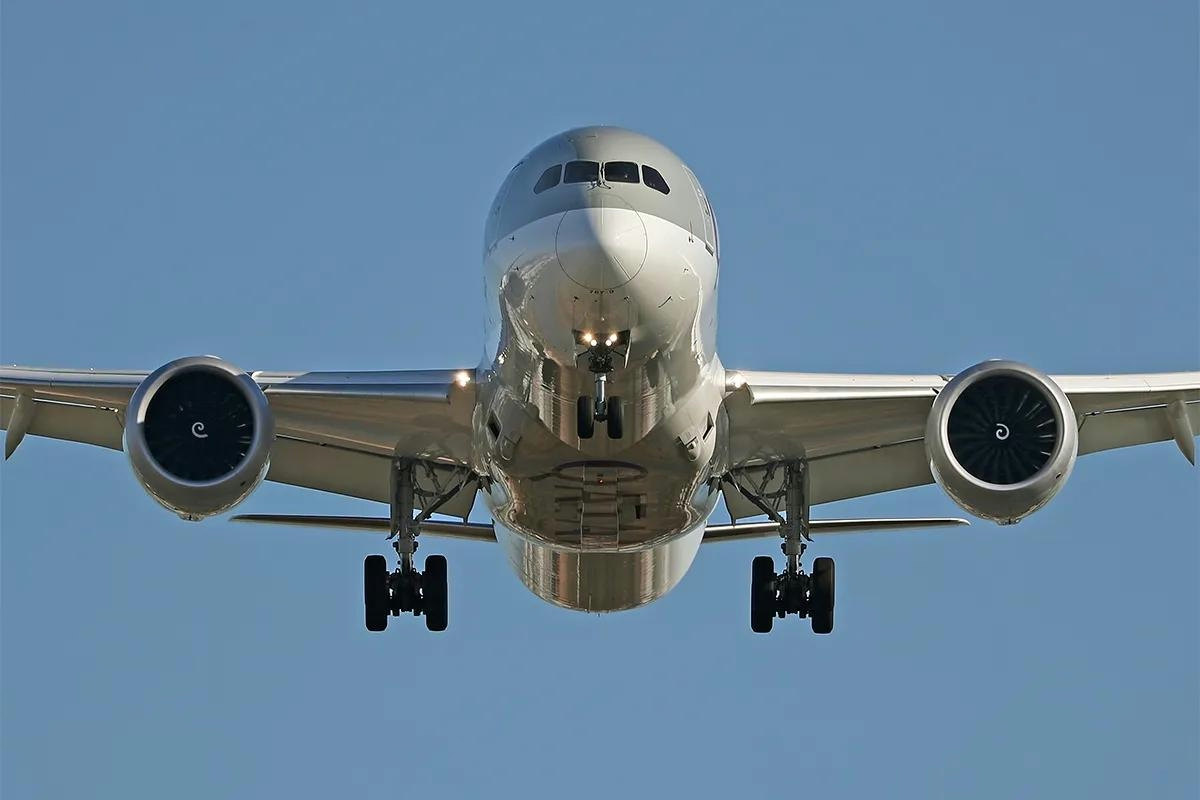
The Fastest Boeing Jet Currently in Service

Quintana Roo Secures $24.3 Million Deal for MRO and Cargo Services
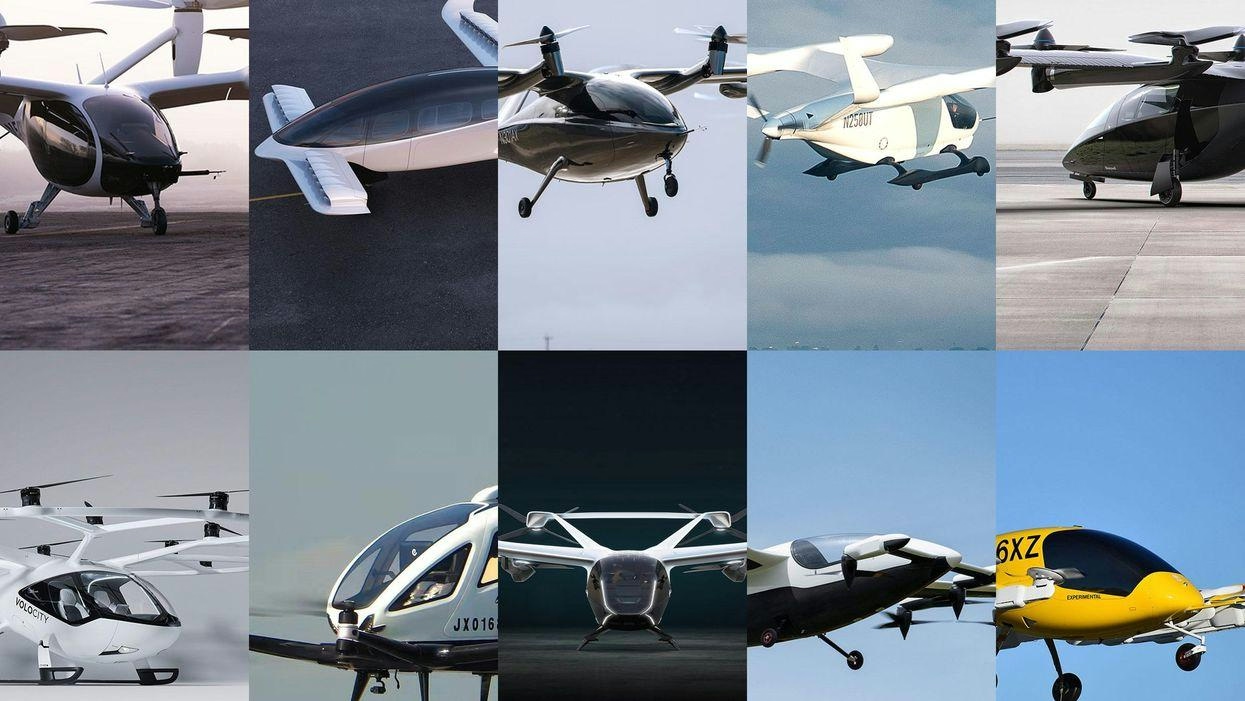
This Week on America Builds: Advanced Air Mobility

Textron Aviation Appoints Justin Salmans Senior Vice President of Supply Chain

Delivery Delays and Canceled SAF Projects Prompt Focus on Fuel Efficiency
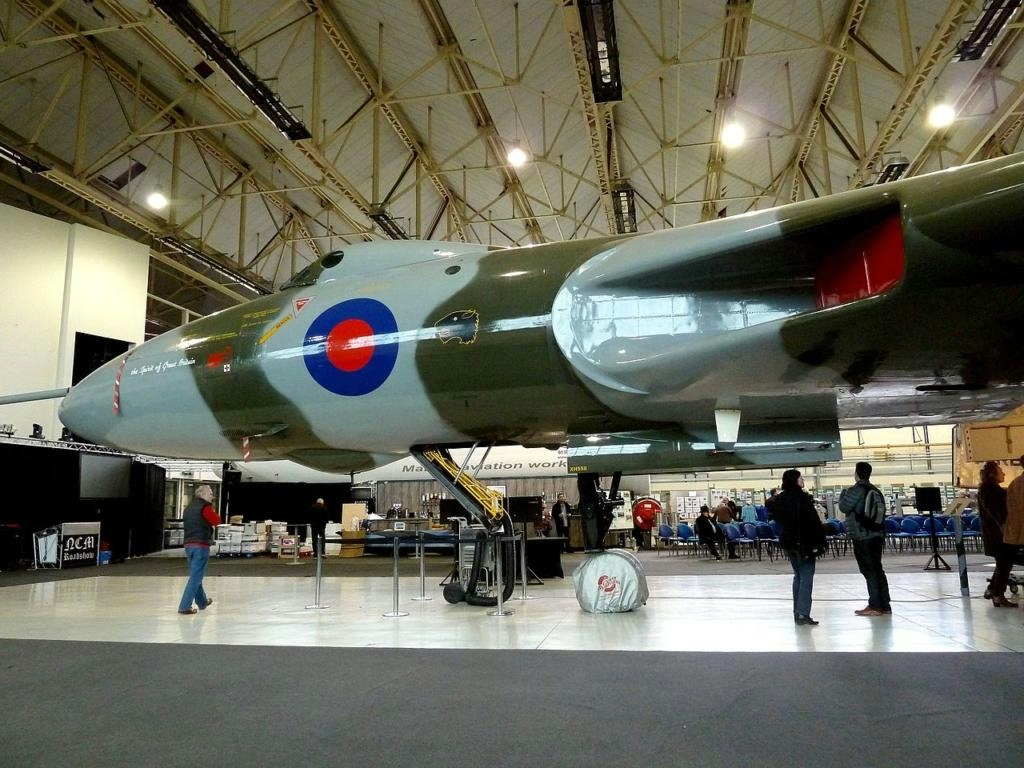
Avro Vulcan XH558 Engine Runs Scheduled at Doncaster Sheffield Airport in 2026
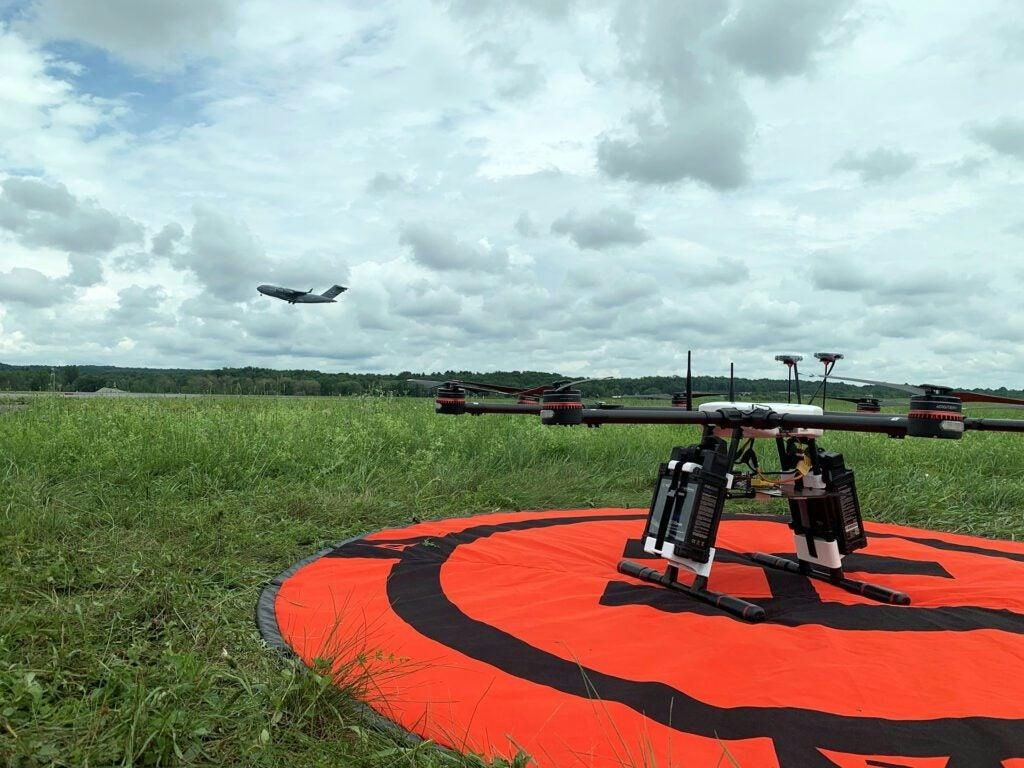
FAA Advances Integration of Manned and Unmanned Aircraft
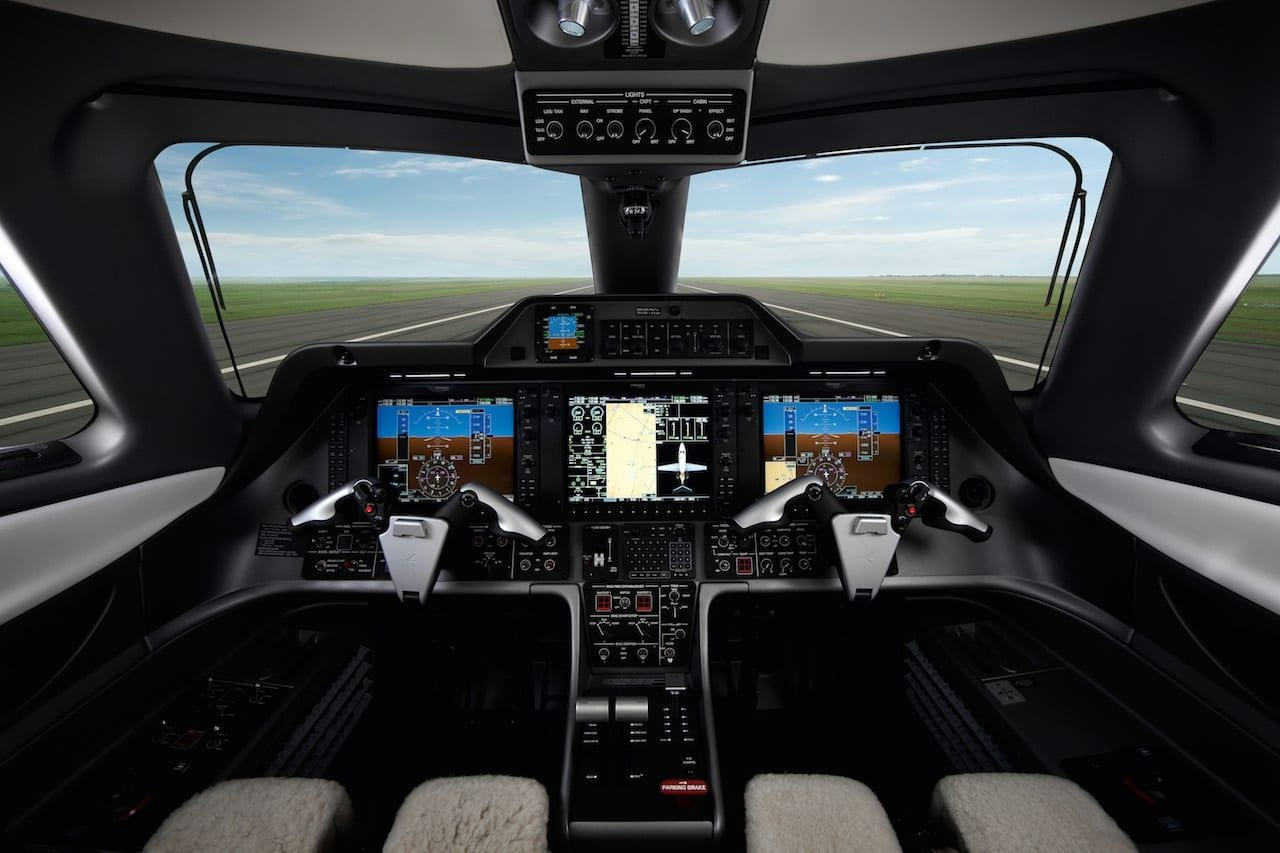
Embraer Unveils AI-Driven Smart Planning Solution
